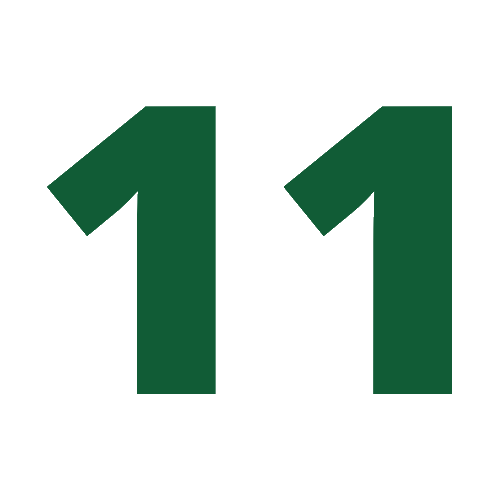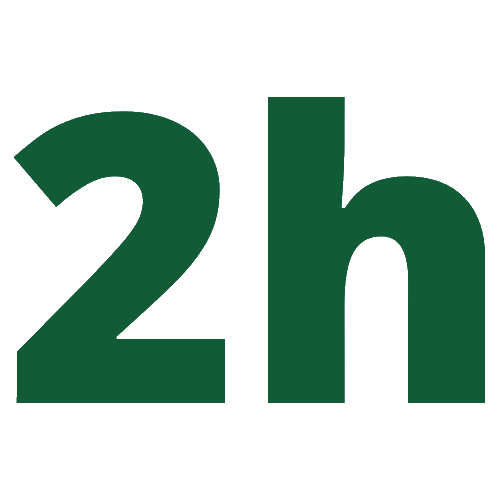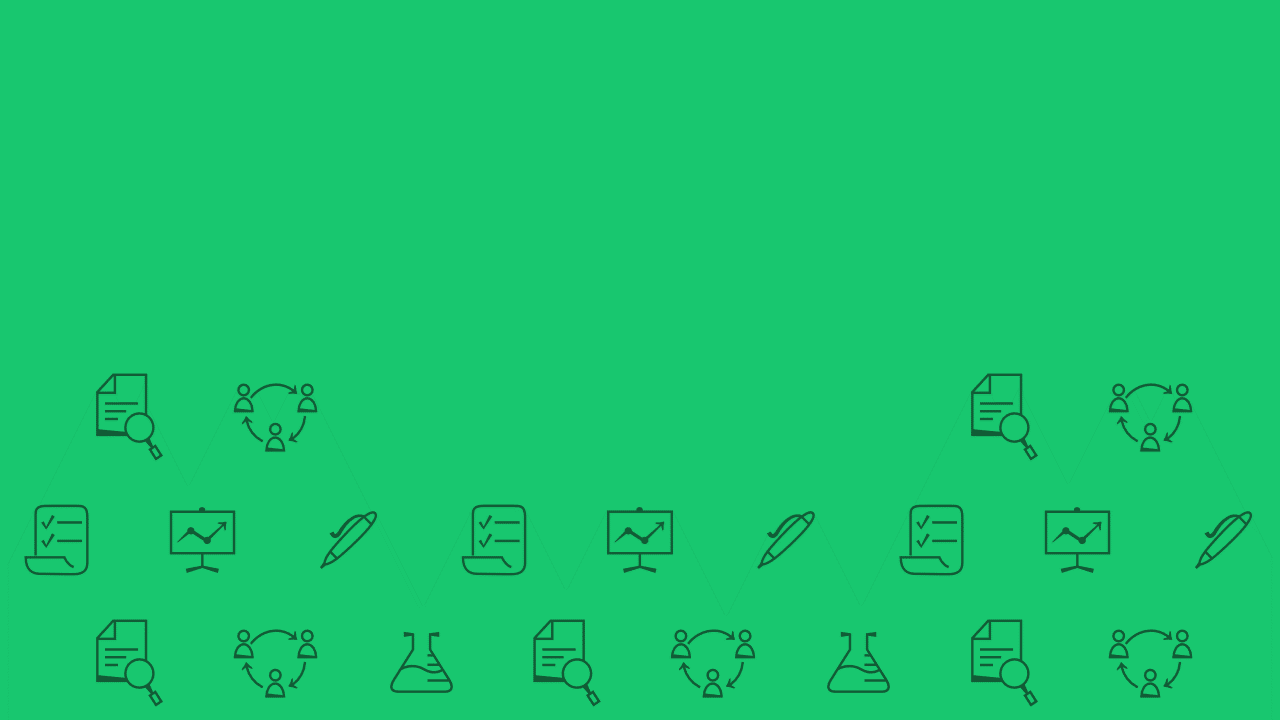
modules

of video content

days to complete
Master this course in less than 2 weeks!
The most effective way to engage in continuous education is to spend no more than 30 minutes per day on the course. Upon enrollment, you will gradually gain access to the modules, with new ones becoming available every 2 days. By committing 20-30 minutes every 2 days, you will complete the entire course in about 8 days.

What will you learn?
- Using journal directories and indexes to check journal quality
- Understanding your target journal’s typical reader
- All about impact factor and determining the impact of a journal
- Methods for comparing different journals in your field
- 5 Indicators of journal quality to help you select your target journal
- Potential advantages and disadvantages of open access publishing
- Understanding journal publication schedules and their frequency
- How to identify and avoid a predatory journal or publisher

Course Description
Choosing the right publication home for your research paper is critical in determining the fate of your manuscript and the success of your publication. However, journal selection can often be confusing and challenging. This interactive course will help you demystify the process with useful tips, checklists, and other practical resources from publication experts at Wiley.
You will learn how to use available tools and methods, including major indexing sites, to help you find a journal that is not only best-suited for your research but is also reliable. You will understand how to identify high-impact journals and shortlist potential target journals in your field. Learn all this and more with interactive videos, fun quizzes for each module, reading resources, and case studies to understand and simplify journal selection.

Course Author: Gwen Taylor, PhD
Gwen currently works as a Research Instructor at the University of Pittsburgh, Pennsylvania. In 2001, she was awarded a PhD in Biology by Purdue University, Indiana. Gwen also worked as a Developmental Editor for the Current Protocols journal of life science research methods for over 21 years and was instrumental in developing the Current Protocols scientific education webinar program
